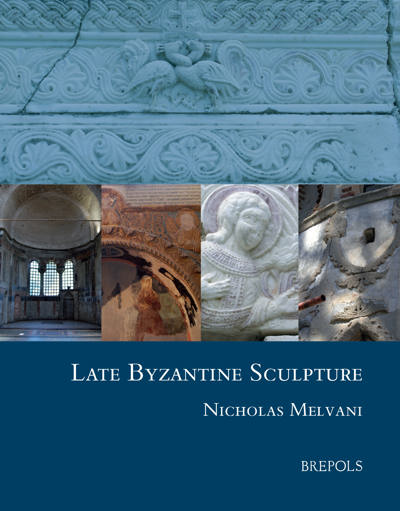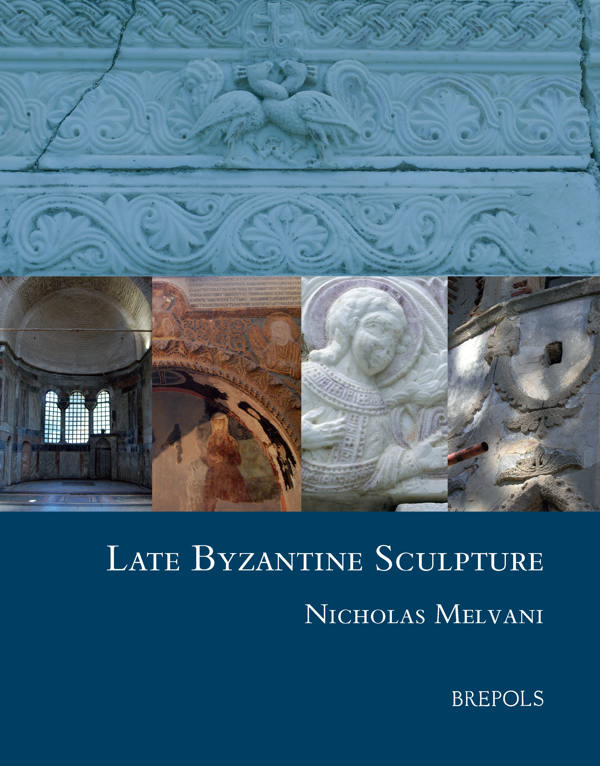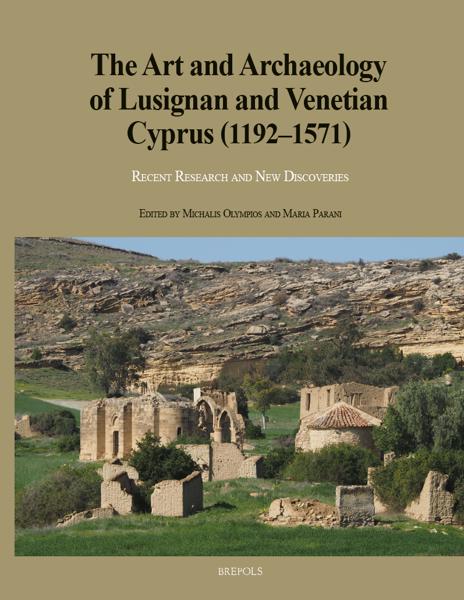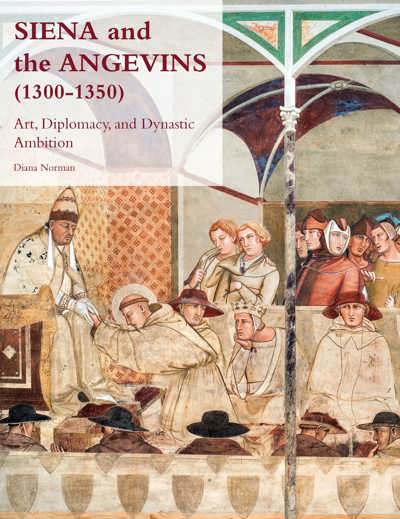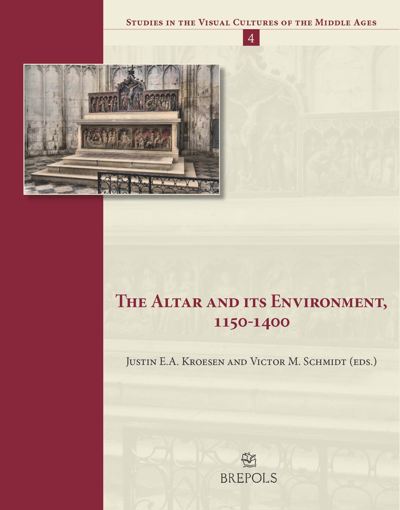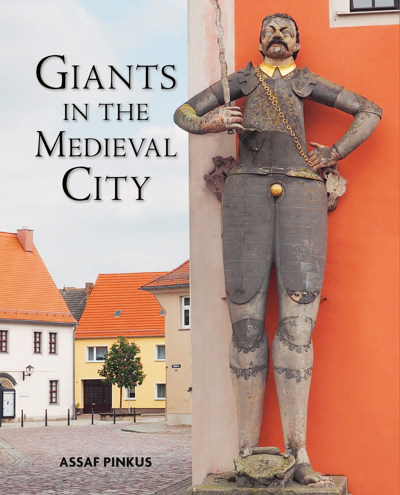
Late Byzantine Sculpture
Nicholas Melvani
- Pages: 299 p.
- Size:210 x 275 mm
- Illustrations:120 b/w, 10 col.
- Language(s):English
- Publication Year:2013
- € 120,00 EXCL. VAT RETAIL PRICE
- ISBN: 978-2-503-53064-2
- Hardback
- Available
"This is a highly efficient survey and analysis of late Byzantine sculpture, by which is meant monumental sculpture produced in Eastern Europe between 1261 and 1453 (mostly in marble)." (Robin Cormack, in: The Journal of Ecclesiastical History, Vol. 66, Issue 1, January 2015, p. 183-184)
“(…) this synthesis will no doubt remain a landmark by providing for scholars and for every reader interested in medieval art a broad overview of the art of carving between the thirteenth and fifteenth centuries. One of the main contributions of this book is to have succeeded in linking Late Byzantine sculpture with its social and historical context while dealing with many sculptures that have already been published even if many of which were found isolated from their original architectural environment.(Catherine Vanderheyde, in Speculum, 91/3, 2016, p. 823)
“Late Byzantine Sculpture is a work of exemplary scholarship and fills in a long-standing lacuna in the study of Byzantine art. Superceding previous studies on the subject, this book will undoubtedly serve students and scholars alike as their point of departure for further research.” (Rev. Maximos Constas, in Religion and the Arts, 23, 2019, p. 316)
This book provides a detailed description and interpretation of multiple aspects of sculpture from late Byzantine monuments. Although individual monuments of the late Byzantine period have been exhaustively published and analyzed, the role of their sculptural decoration is usually overlooked. Whereas architectural features and, especially, wall paintings are treated in full detail, sculpture is approached as a mere decorative art which complements the overall appearance of a building. However, careful examination of late Byzantine sculptures found in situ or through excavation, as well as research into museum collections, reveals that late Byzantine sculptors had reached a very high degree of artistic accomplishment and that their creations should be treated as works of art of the highest quality. Moreover, by interpreting each work, even those of a purely decorative nature, according to the space it occupied, by deciphering what is depicted (including religious themes and political symbols), as well as by taking into account the wider context within which sculpture was produced during the period under investigation, one can extract invaluable information concerning the artistic climate and the social circumstances which led to the development of late Byzantine sculpture.
